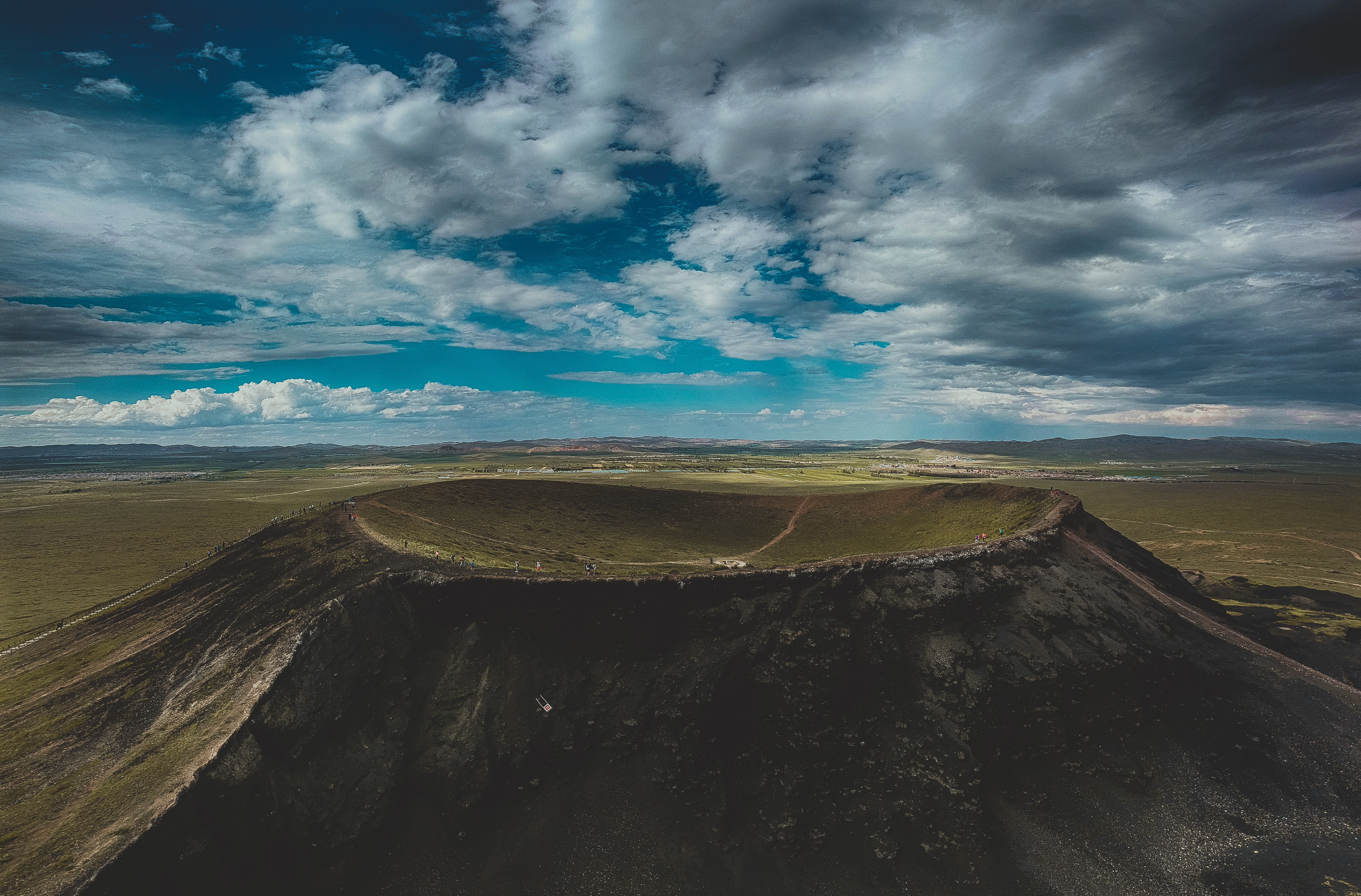The end of May heralds three important events this year: Memorial Day parties, the release of Caldera Forms 1.7, and the enforcement of new GDPR rules. You may be looking forward to the first two more than the last, but user data privacy is nothing to worry about as long as you are prepared.
The European Union’s General Data Protection Regulation (GDPR) was crafted to give the general public more control over who can use their data and how they can use it. While it applies to EU citizen data only, anyone who runs a website will very likely have some European users, so it makes sense to verify the compliance of your own WordPress site now. GDPR rules apply to any site admin who collects data for ecommerce, newsletter subscriptions, community profiles, etc.
For a comprehensive overview of what this means for business owners, it’s worth your time to look over a checklist for GDPR compliance created by a group of tech gurus in Belgium. You’ll immediately see that many of their suggestions apply to site admins at larger companies. For the average blogger or webstore operator on WordPress, Caldera Labs has built tools to simplify compliance for you.
The 3 Essential Data Rights
At the heart of GDPR is the ruling that all EU citizens on the web have:
- The right to know what info you want to collect (including IP addresses) and to refuse consent;
- The right to see the data you already have on them and to read about how it is being used;
- The right to delete all the data you’ve gathered on them so it cannot be used or shared.
Here’s how the Caldera Forms 1.7 and our Front End Entry Viewer address those rights.
The Right to Consent
Users will be able to query entries by a field’s value, (e.g. in the email address field) with the new Caldera Forms Front End Entry Viewer. This way users can quickly make an intelligent decision about whether or not to share their data on your site. We encourage you to develop your own applications that use Caldera Forms entry data.
The Right to Know
Any time your users want to see the data you’ve gathered on them or want to know how you are using it, Caldera Forms make it easy for your site admin respond to requests. Caldera Forms 1.7 will be enhanced with several tools to ensure site admins are in compliance with the new EU data privacy laws. You will be able to log requests and respond rapidly to user inquiries about their form data.
The Right to be Forgotten
Perhaps the biggest change GDPR will bring is the requirement for all site admins to allow users to delete their data. This could be a logistical nightmare for the bigger firms, but with the new features we rolled out, it’s simple to present users with a quick and easy solution. With Caldera Forms 1.7, users can find and delete that data using tools will require activation by the site admin. There will also be expiration logic to automatically delete entries older than a specified date.
Evolving Standards
Fines for falling out of compliance with GDPR can be painful. After successive warnings, business out of compliance can be fined up to €20 million or 4 percent of their annual revenue, whichever is greater. There’s no need to panic, but consider the Caldera Forms Front End Entry Viewer as a critical piece in your wider user data protection plan. As regulations and user expectations change, we will keep you current with the latest developments from Caldera Labs to make your life easier so you can ride on top of these trends with confidence.

One thought on “How to Make Your WordPress Forms Play Nice with GDPR”